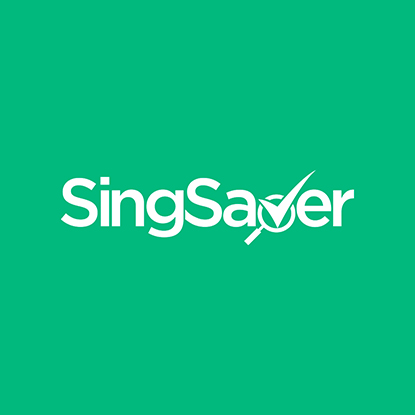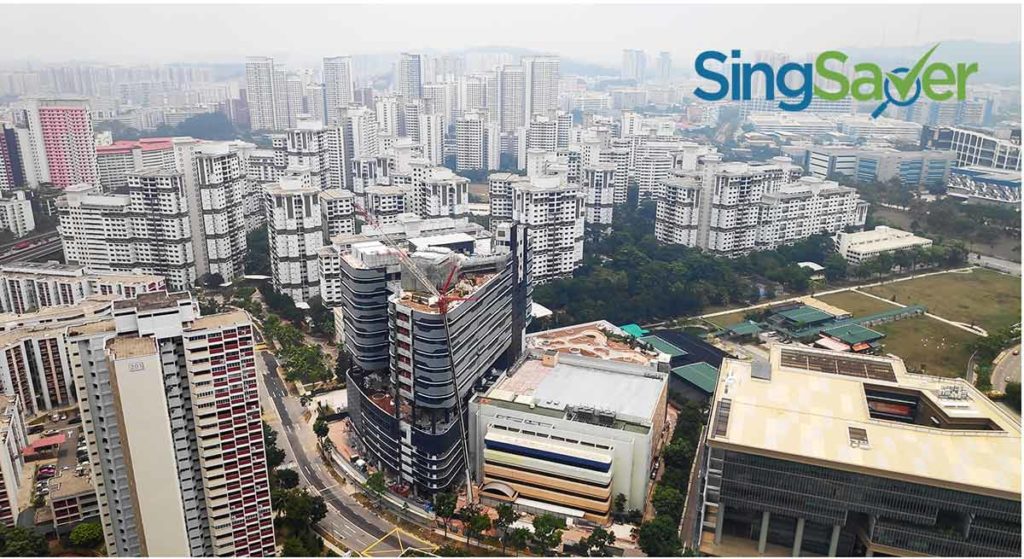
Haze season is officially back in a big way in Singapore. It's the first time in 3 years that the Pollutant Standards Index (PSI) has entered the "unhealthy" range and the Singapore skyline once again starts to resemble a scene from a doomsday sci-fi flick. Here's what you need to know about the haze, how to protect yourself from it with the N95 mask, as well as other haze-related costs.
How to check daily PSI readings?
The National Environment Agency monitors the daily, 24-hour PSI reading, which is computed based on the 24-hour average of PM2.5 concentration levels, among other pollutants (PM stands for particulate matter). The NEA also issues hourly updates as well as a daily health advisory, which advises people how to plan their daily activities. Check the graph below for the range of PSI levels and the corresponding health hazard. The Ministry of Education will consider closing down schools if PSI air quality levels cross into hazardous range.
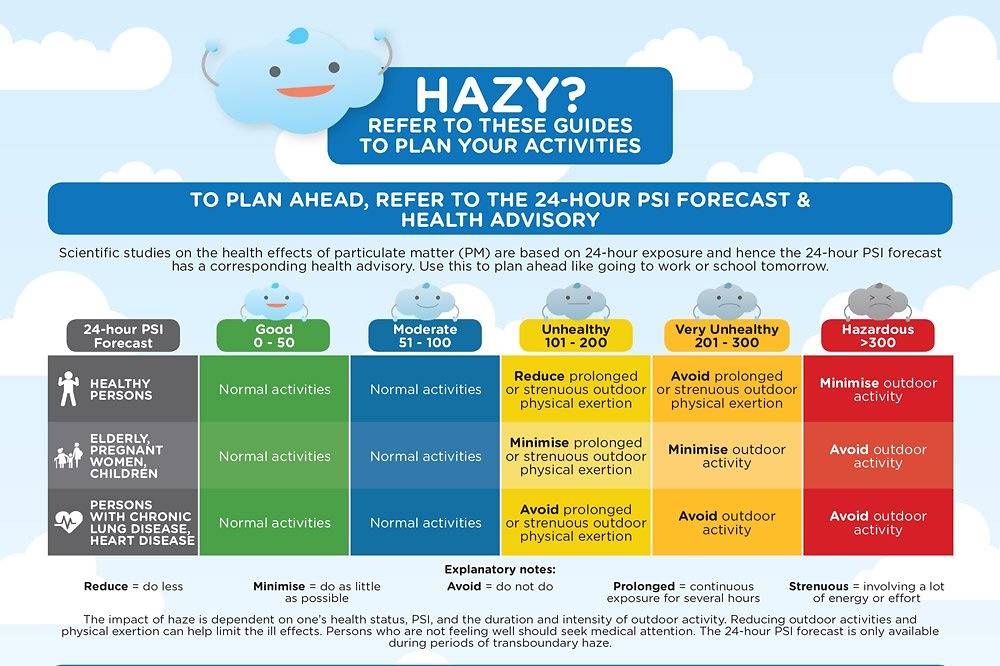
Do you need the N95 mask?
N95 is one of seven different grades of surgical mask and is a rating given by the US National Institute for Occupational Safety and Health (NIOSH).
The haze contains fine particle pollutants that are 2.5 microns or smaller (PM2.5). Research has proven that the N95 masks provide good protection against particle pollutants as they are at least 95 per cent efficient against fine particles that are between 0.1 and 0.3 microns in size. According to the Health Promotion Board website, it's a must to wear a mask if "a healthy person has to be outdoors for several hours when the forecasted air quality is in the "hazardous" range (PSI >300). N95 masks are not needed for short exposure, like commuting from home to school or work, travel from bus-stop to shopping mall. N95 masks are also not needed in an indoor environment."
Genuine N95 masks seldom cost more than S$2.50, and can be even less when purchased in a pack of 20 (see below).
Also ensure that the N95 mask fits snugly on the wearer's face. If the fit is not good, particle pollutants will go through the gaps between the mask when breathing, and not through the filter as intended.
How much does the N95 mask cost?
The most common N95 (8210) mask is made by American manufacturer 3M. Masks are available at major pharmacies and supermarkets, such as Unity, Watsons, Guardian, Cold Storage, Giant and NTUC FairPrice and should cost no more than $2 per individual mask. The NEA also keenly watches over a stockpile of N95 masks so even though there were recent reports of masks being sold out at certain pharmacy branches, the NEA can push out additional stock of N95 masks to stores islandwide when necessary.
While you can reuse your N95 mask for a few days, the NEA advises it should be changed when it is soiled or distorted in shape. It should most definitely not be shared.
Wearing N95 masks also takes some getting used to. At the beginning, it may cause discomfort, tiredness or headaches, as the mask makes it harder to breathe. Pregnant women, the elderly and people with severe lung or heart problems who have difficulty breathing when at rest or during exertion should also consult a doctor before using an N95 mask.
We also compared the price of N95 masks across a few common e-commerce websites below. As a general word of advice, it's cheaper to buy in a pack, rather than buying individual masks, so you can share the costs with family or colleagues.
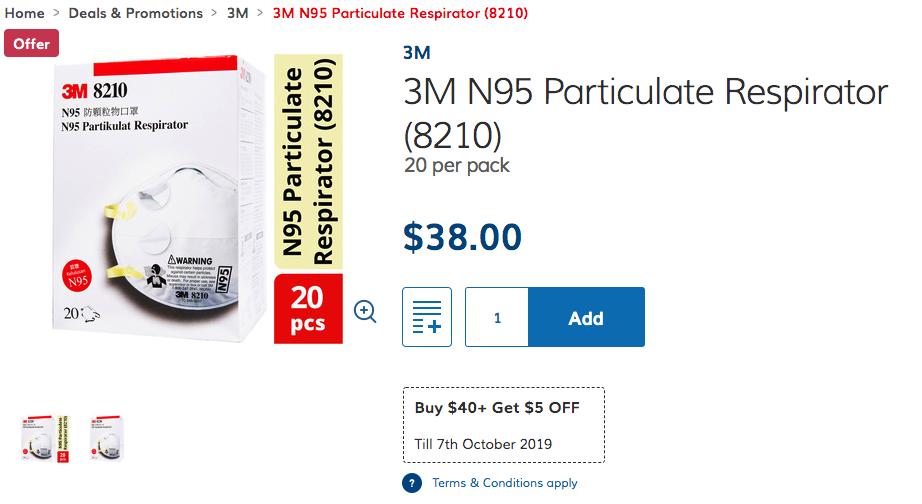
NTUC FairPrice On: Sells a pack of 20 for $38. (Spend $1 more for free online delivery)
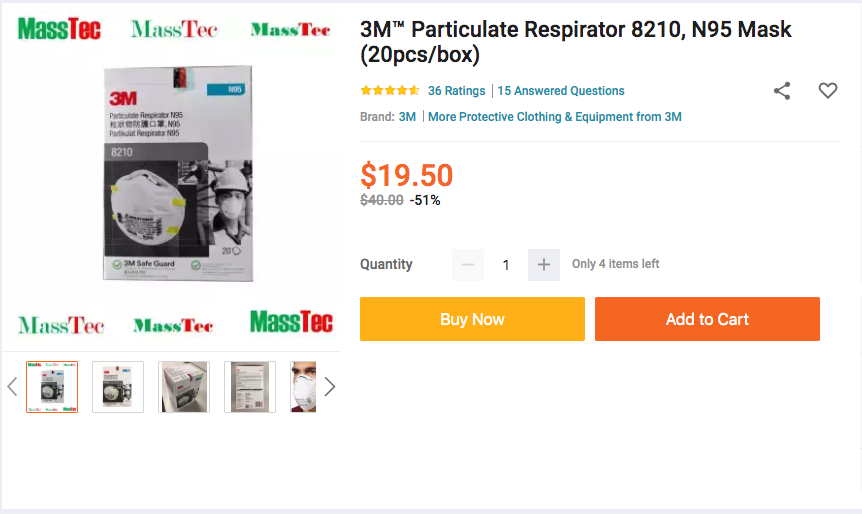
Lazada: Sells a pack of 20 for $19.50 (Shipping fee costs an additional $1.49)
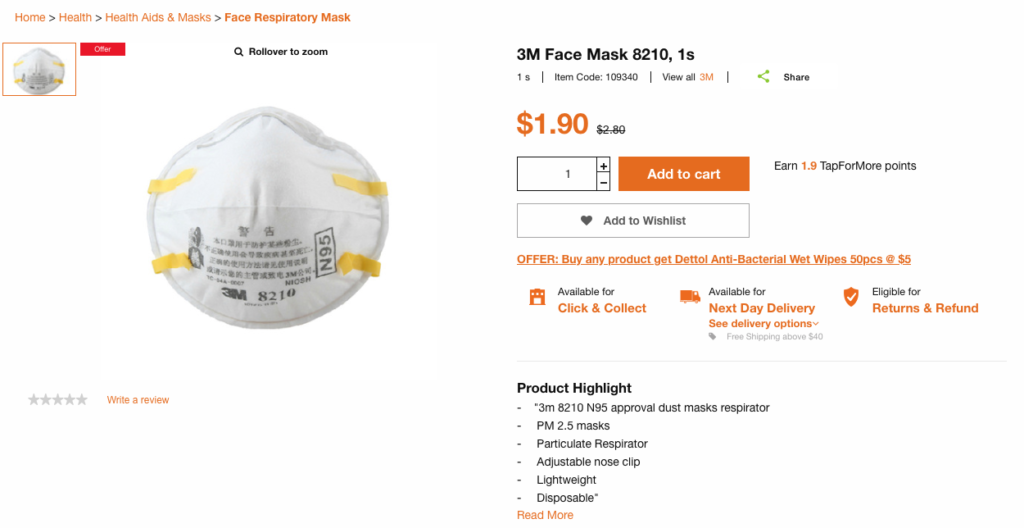
Guardian pharmacy: The good thing about Guardian pharmacy is that it sells a single mask for $1.90 but there is a delivery fee of $8 for any checkout below $40.
Haze Subsidy Scheme and other haze-related costs
Apart from spending money on N95 masks, the haze hurts our pockets in other ways.
- Expect to spend more on Grab and Go Jek rides to avoid prolonged exposure to poor air quality
- Spending more on indoor air purifiers as you close the windows at home. One way to save cost is to search Carousell for second-hand air purifiers instead of splurging on a new purifier which may cost anywhere between $150 to $1,000
- Higher air con bills to keep cool at home. Here's a handy guide on six ways to save on electricity even with your air con on.
- Higher laundry-related costs as you may have to find alternative ways to hang your clothes out to dry, and as clothes get dirtier quicker from the smog
Haze Subsidy Scheme: What it is and who's eligible?
When the haze gets really bad, the Ministry of Health may activate the Haze Subsidy Scheme, which will be made available at all polyclinics and Public Health Preparedness Clinics (PHPC). When the scheme is activated, eligible residents will get subsidised health treatment of no more than $10.
The eligible medical conditions are: allergic rhinitis, asthma, bronchitis, chronic obstructive pulmonary disease (COPD), conjunctivitis and upper respiratory tract infections (URTI).
Here's the list of eligibility criteria:
- All Singaporean children (aged 18 and below) and elderly (aged 65 and above)
- Singaporeans who are on any of the following schemes: Community Health Assist Scheme (CHAS), Public Assistance (PA), Medical Fee Exemption Card (MFEC), Medical Fee Assistance Card (MFAC); and Pioneer Generation (PG)
- Singaporeans who earn a $1,800 a month and below (averaged over the last six months)
Read This Next:
7 Ways the Haze in Singapore is Costing You Money
6 Ways to Save Electricity with the Air Conditioner On
Similar articles
How Much Do Health Screenings In Singapore Cost?
9 Best Air Purifiers In Singapore For Your Room, Home Or Small Office
CHAS Card – Benefits, Eligibility & How To Apply
Full Details: Taiwan Plans Tourism Reopening from October
Top 10 Face Masks in Singapore with Good Filtration Efficiency and How Much They Cost
6 Ways to Save Electricity in Singapore with the Air Conditioner On
Adult And Kids Face Masks: Where To Buy Them
How Much Does it Cost to Get a Driving Licence in Singapore?





